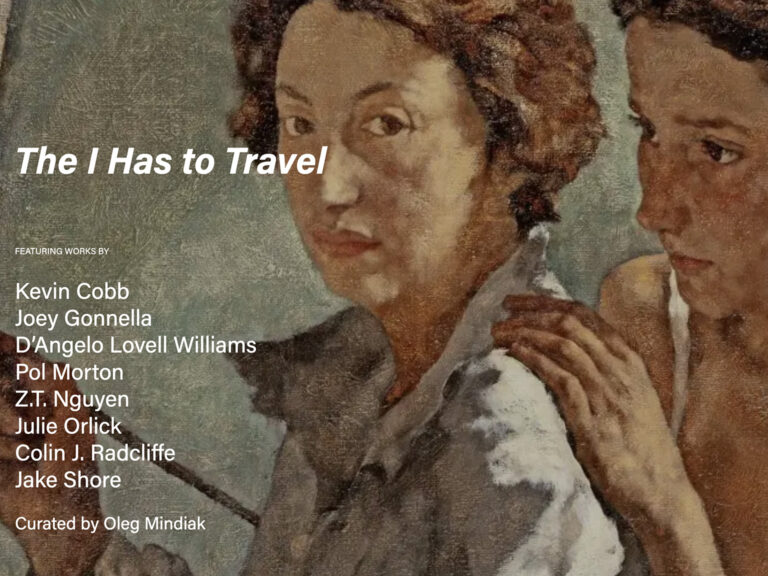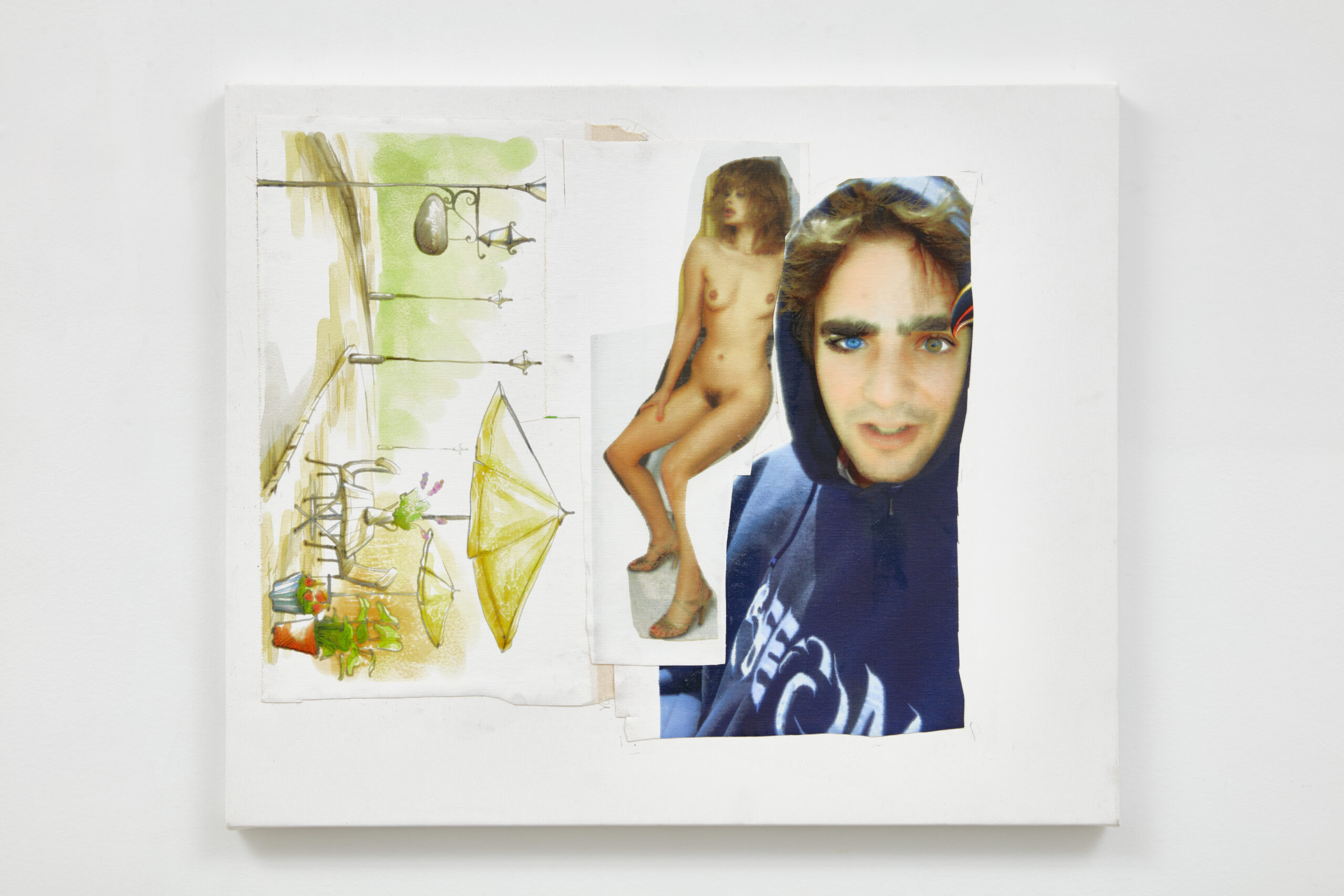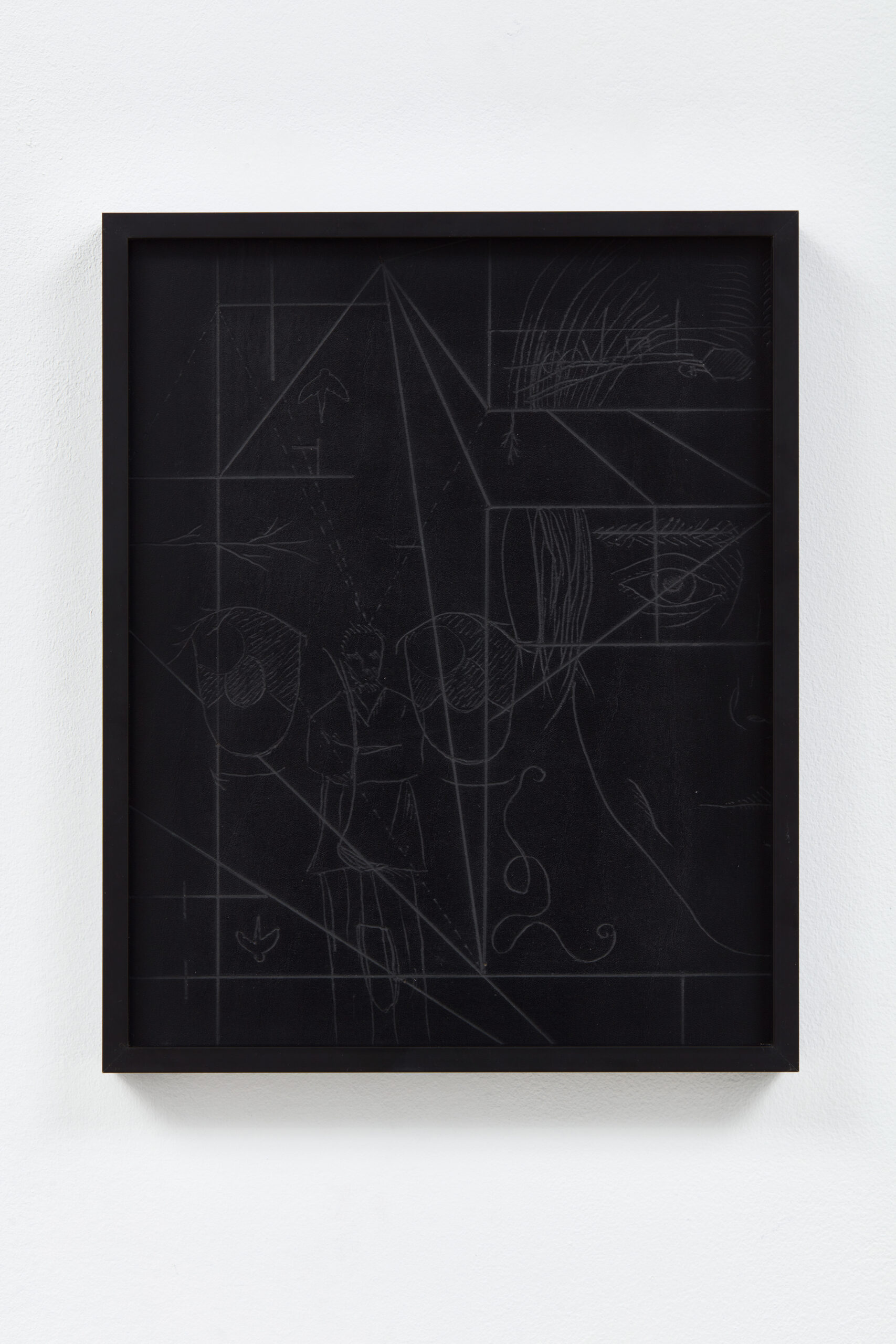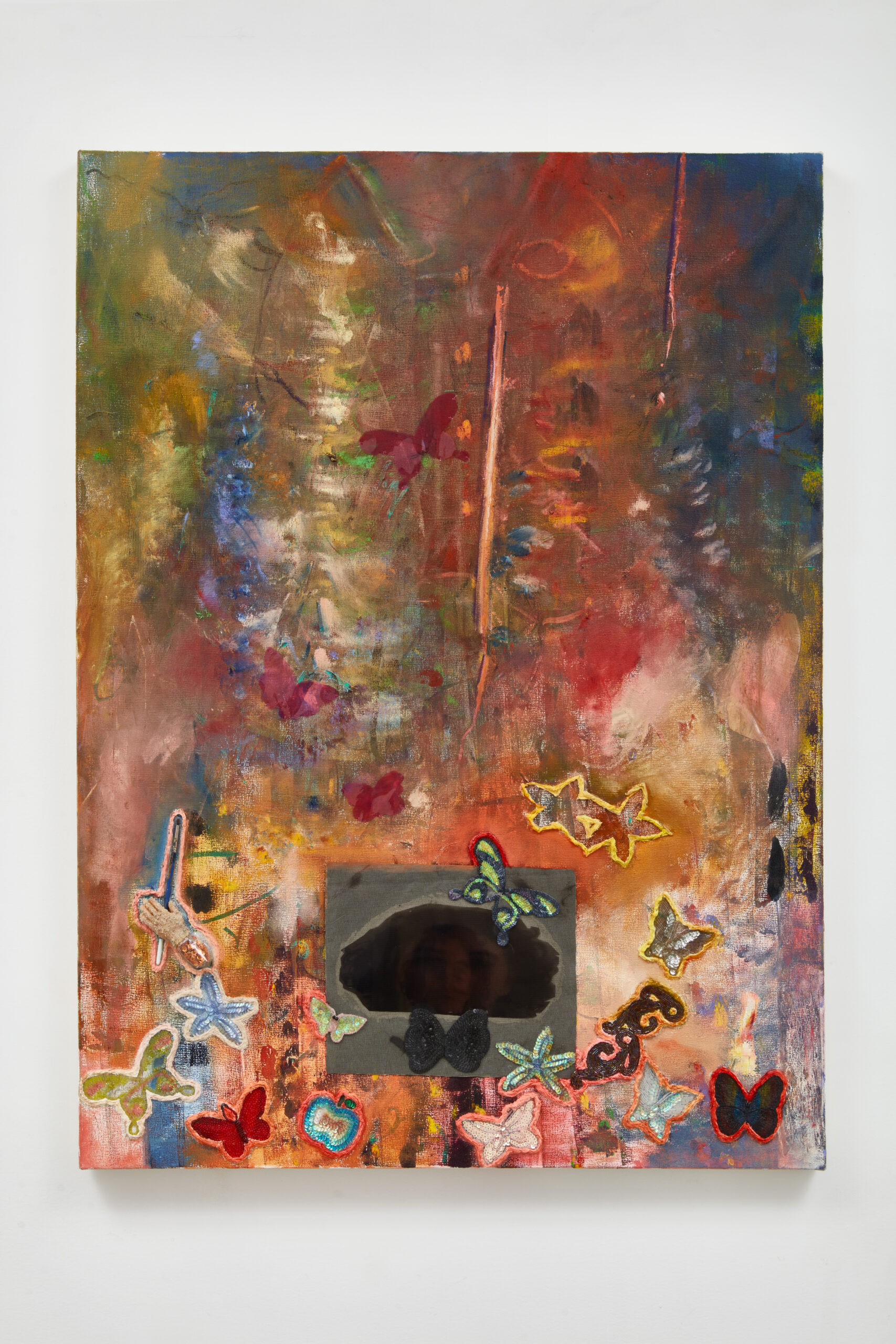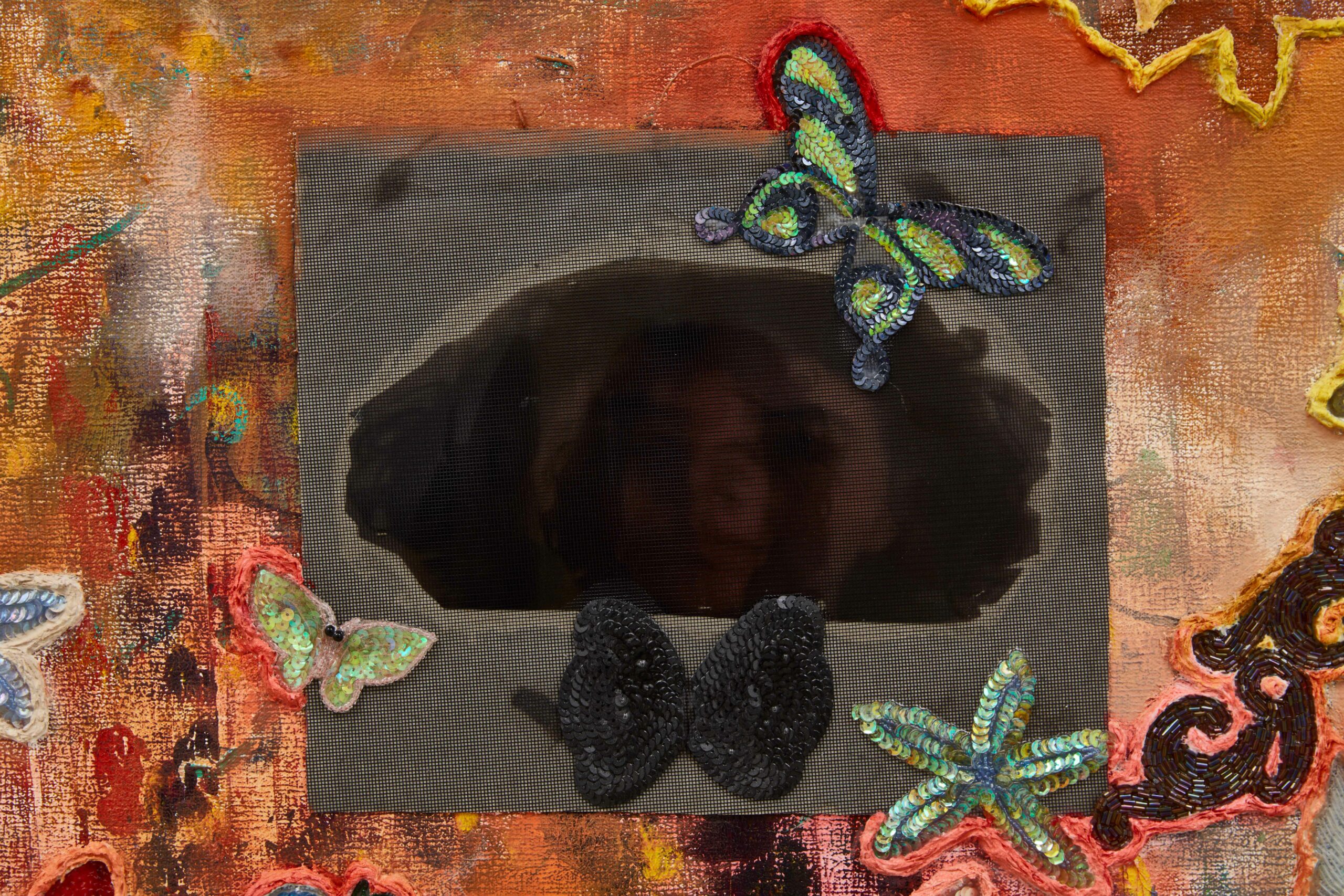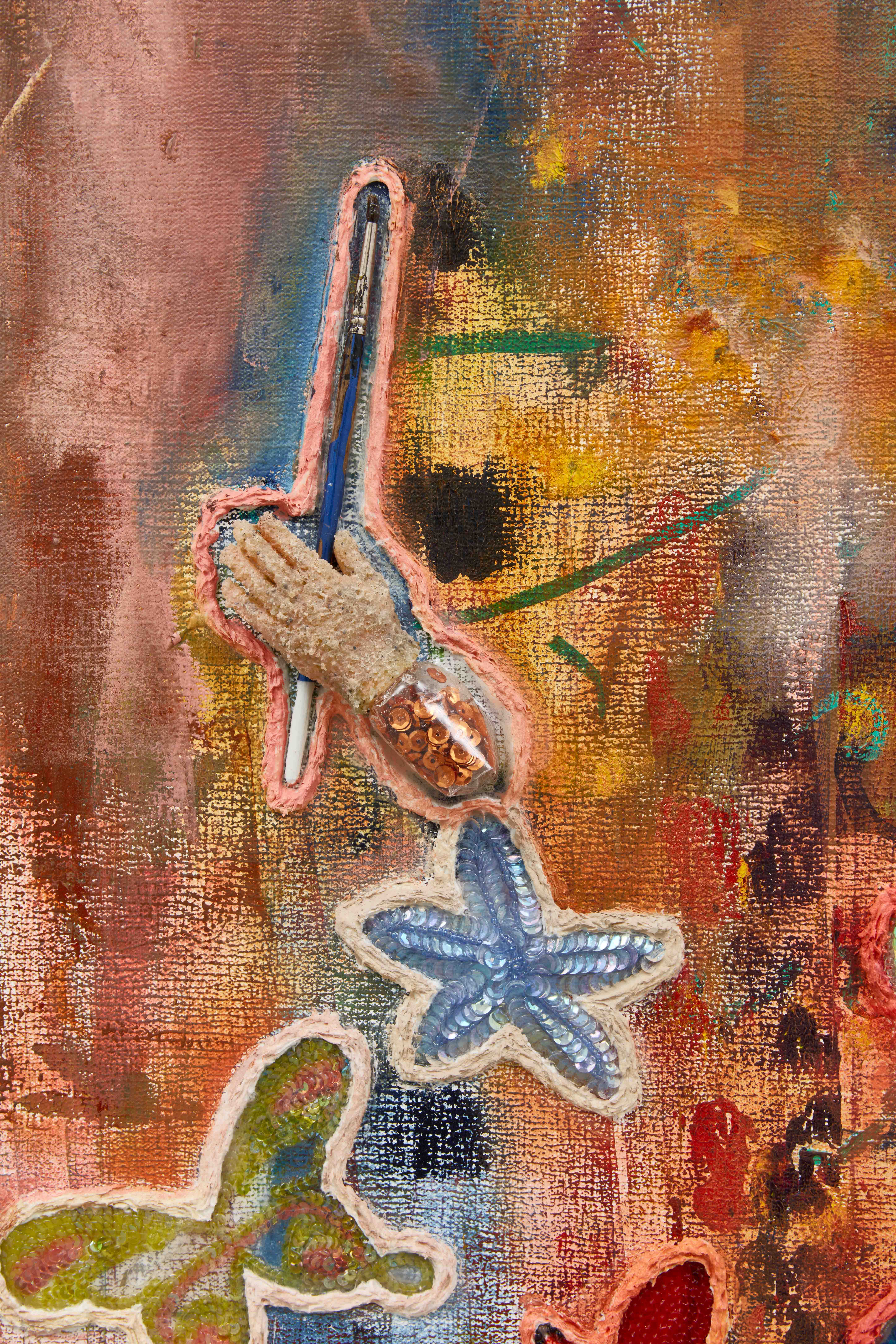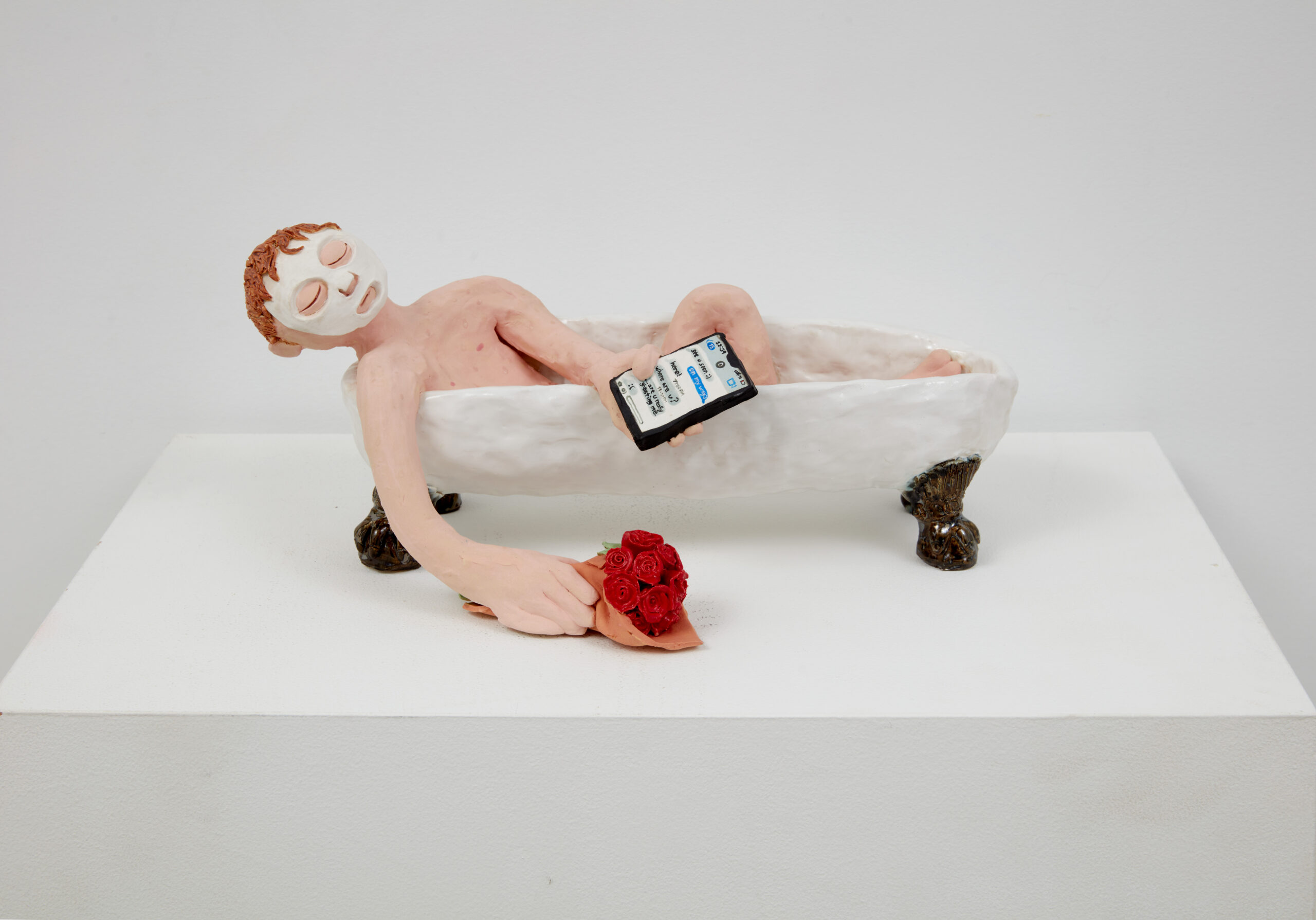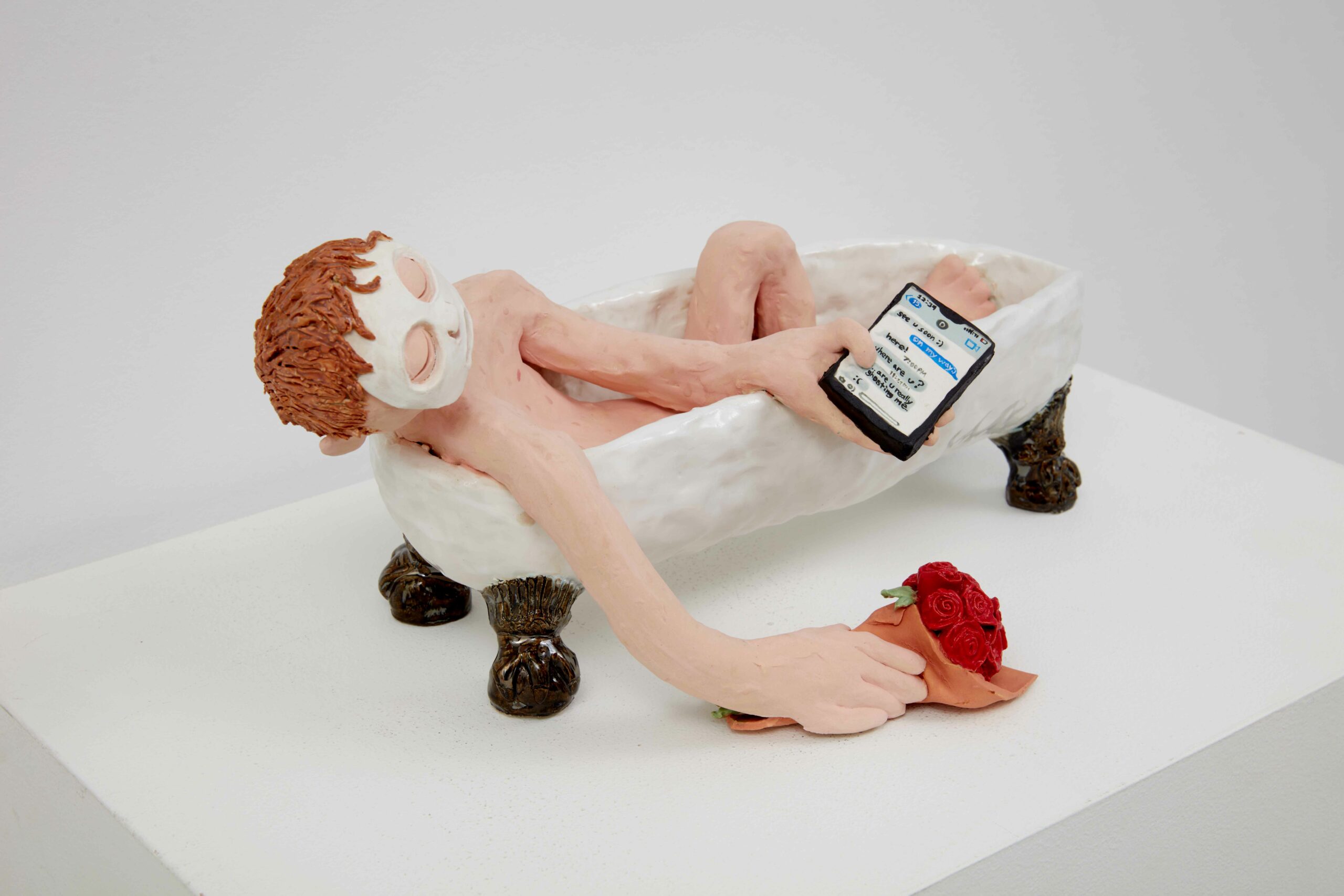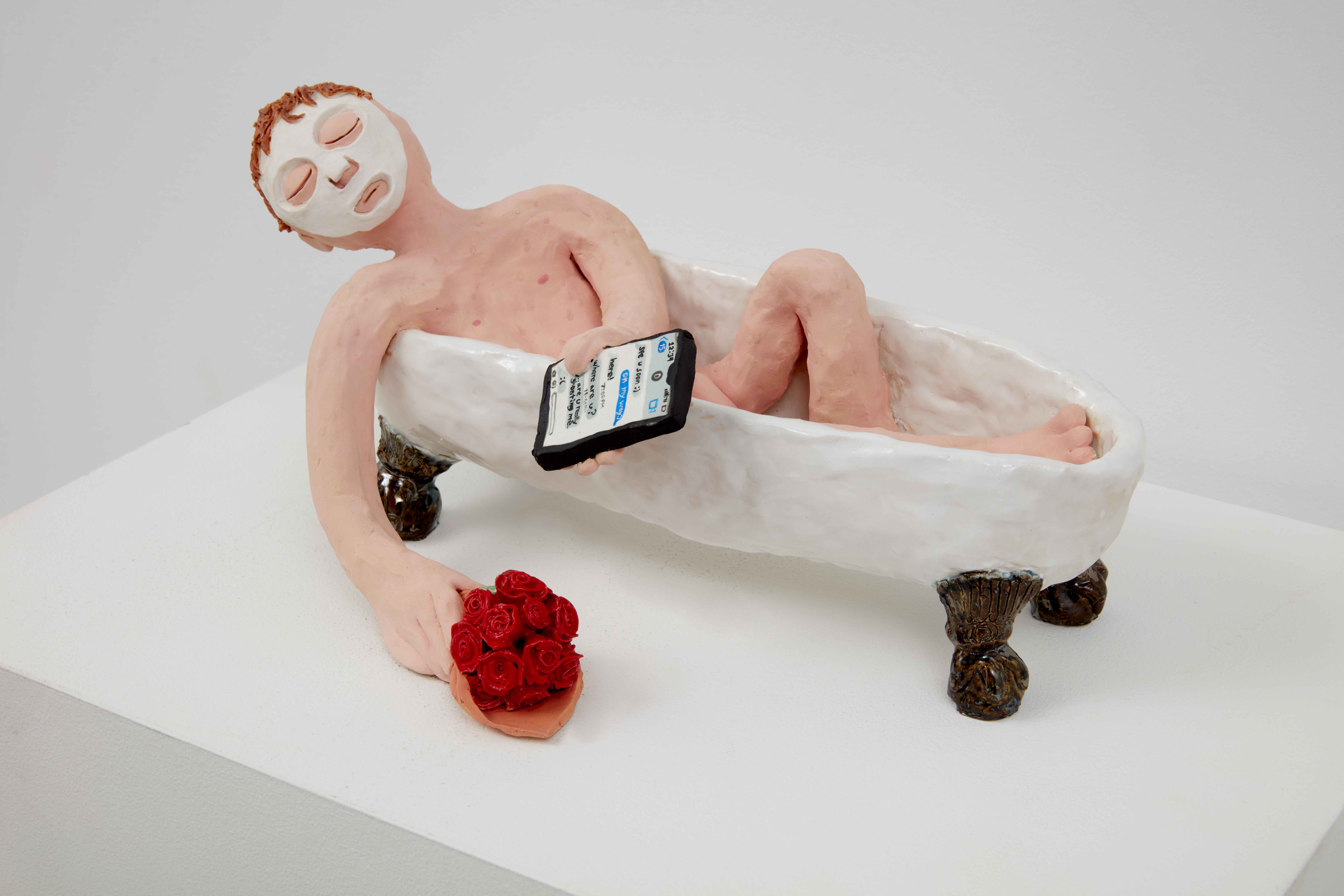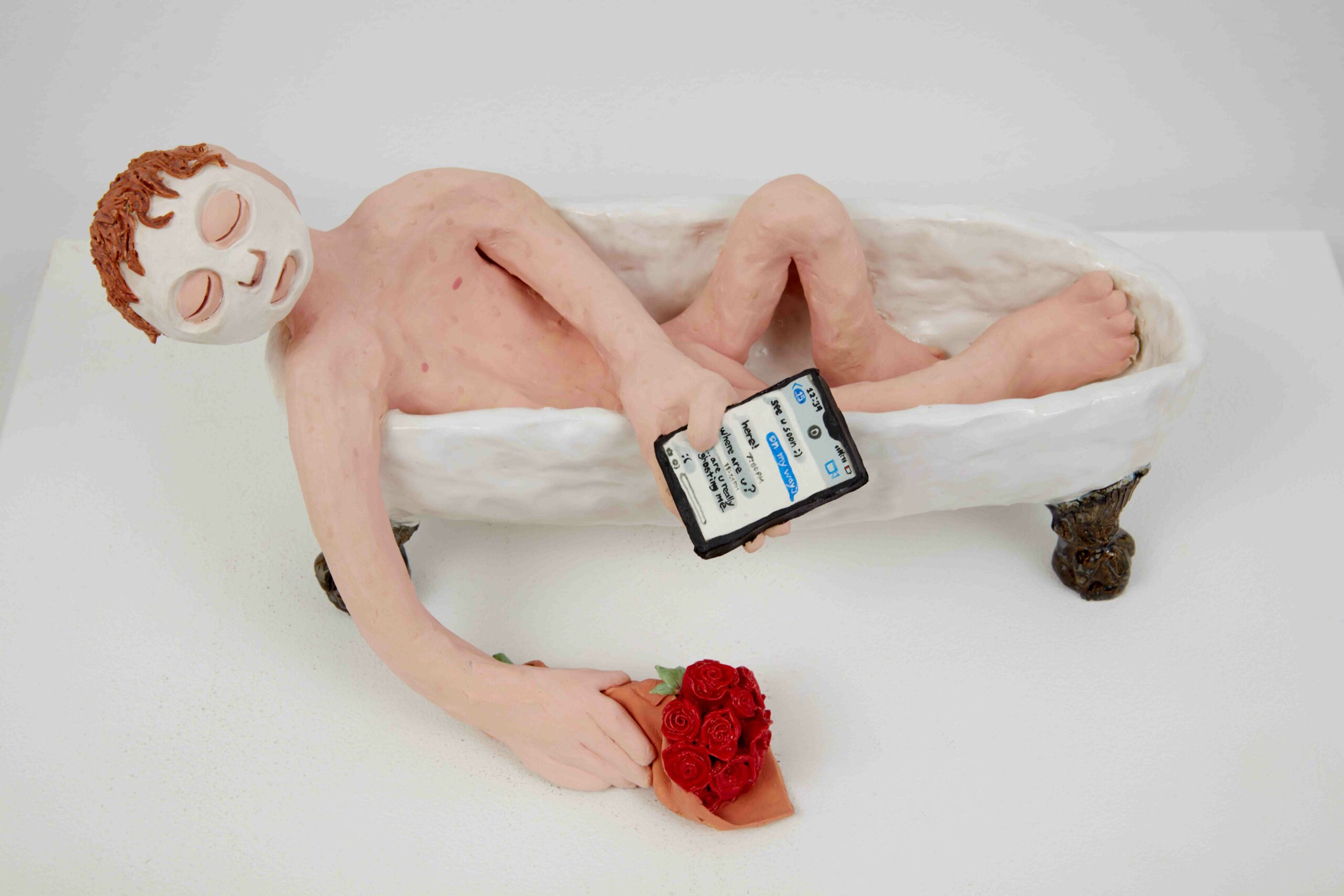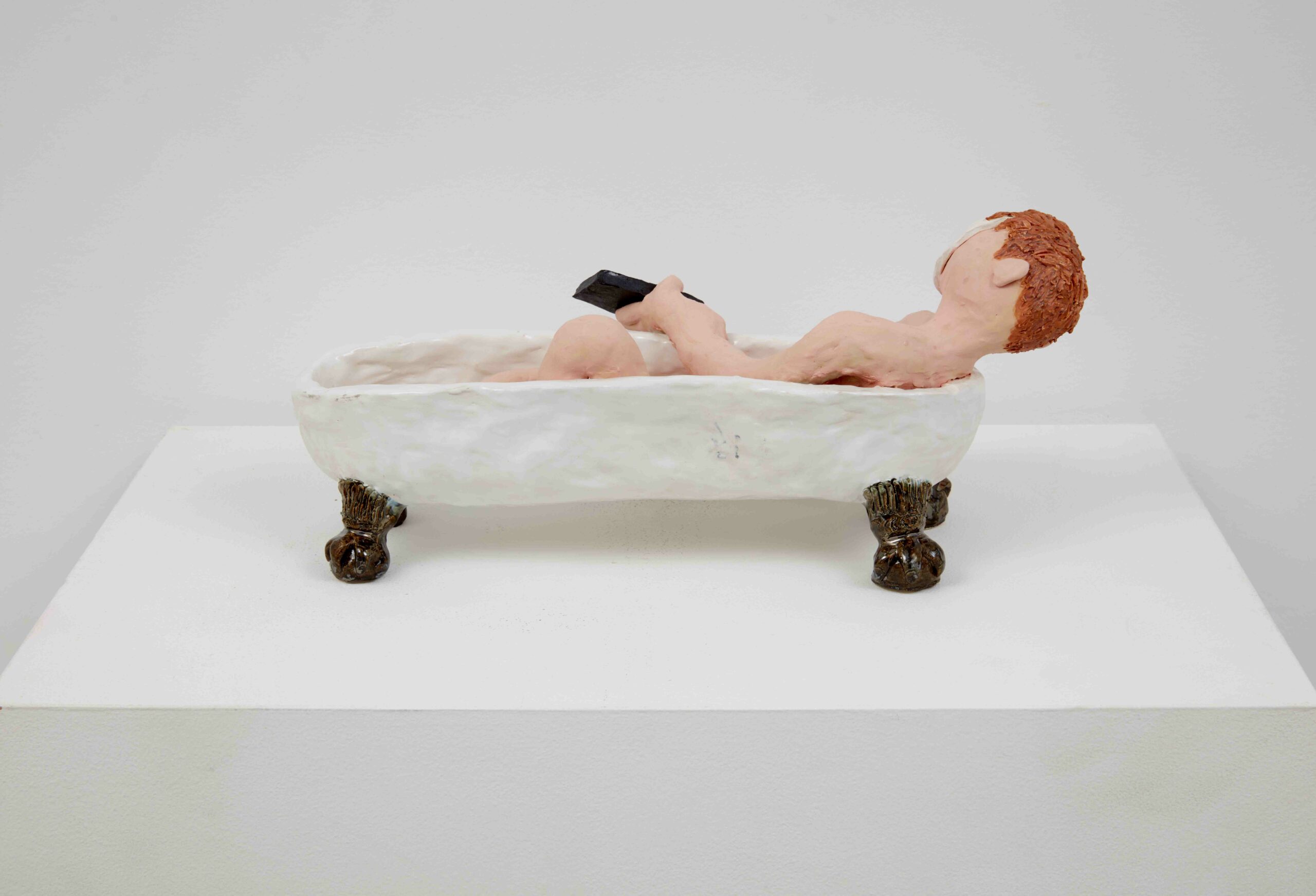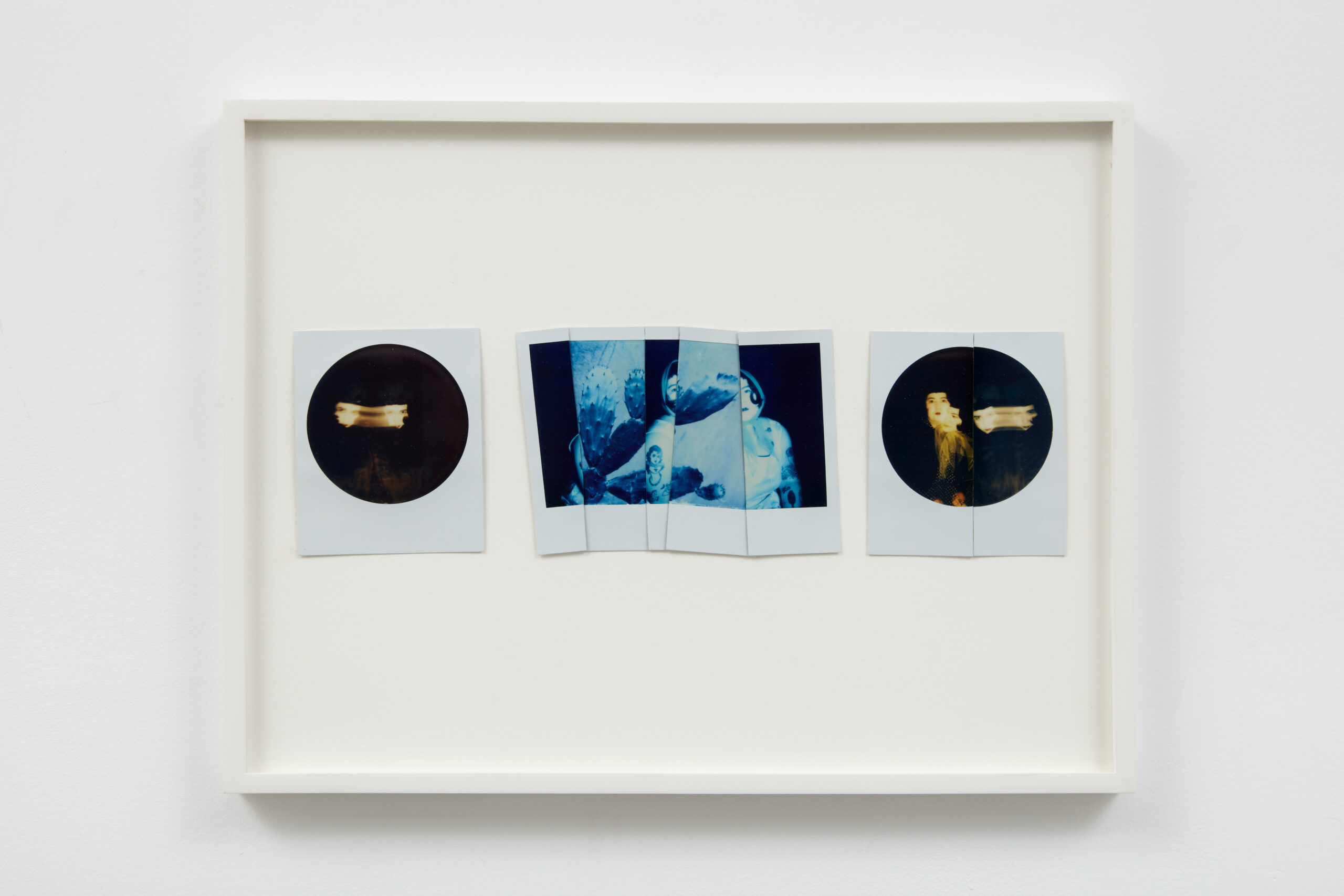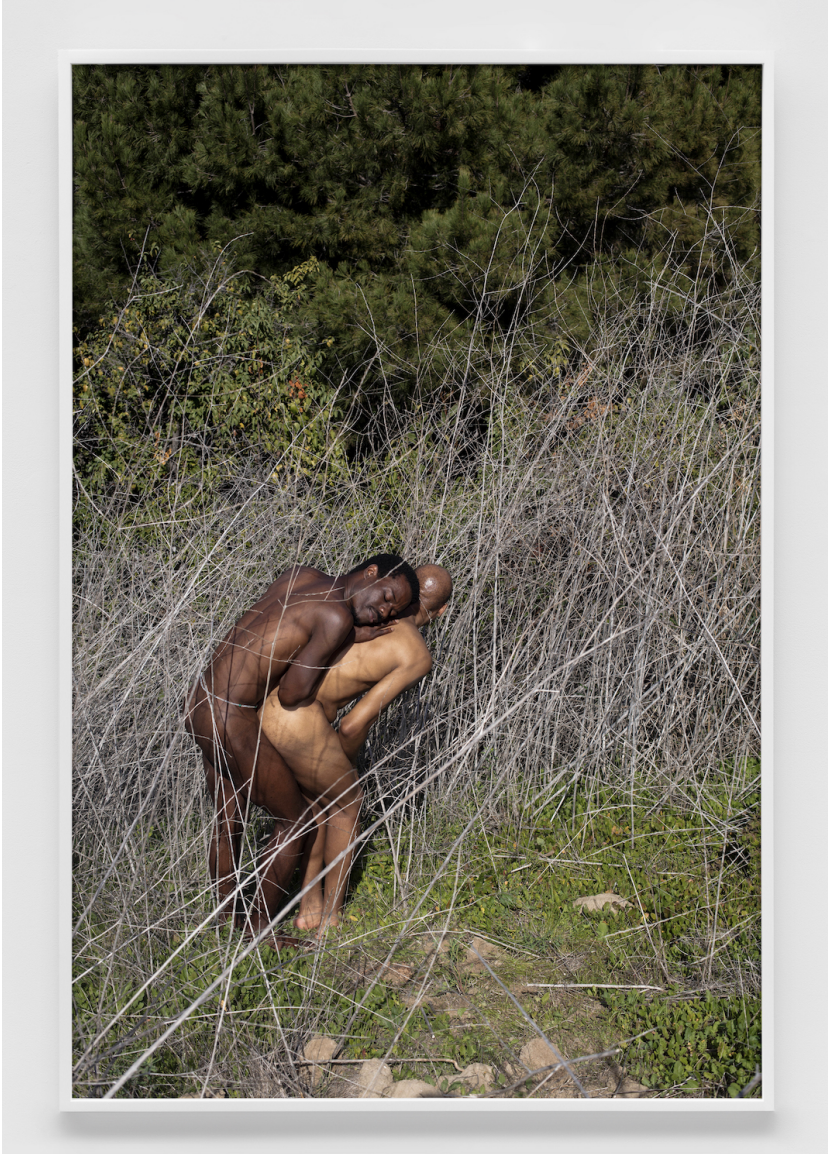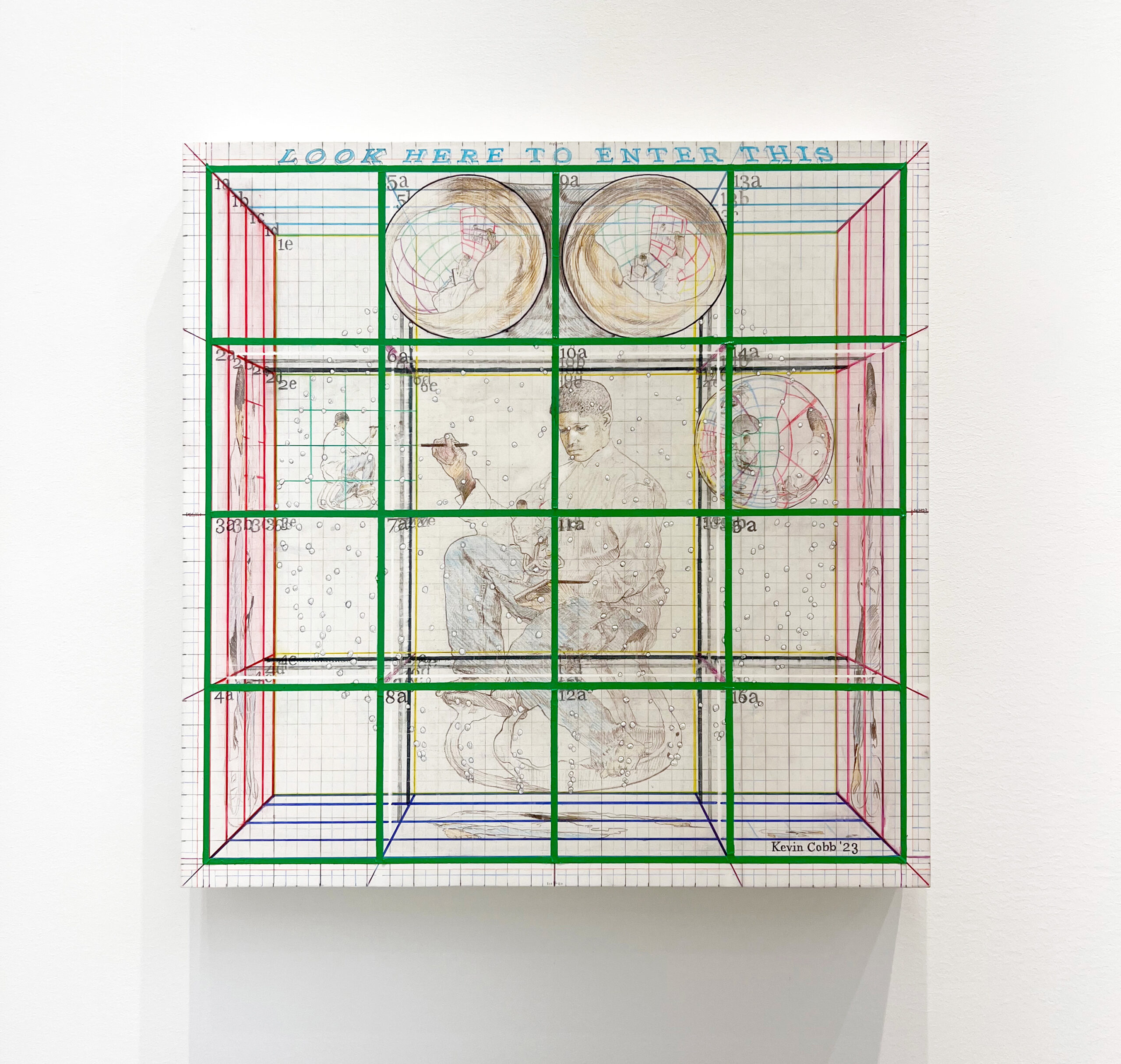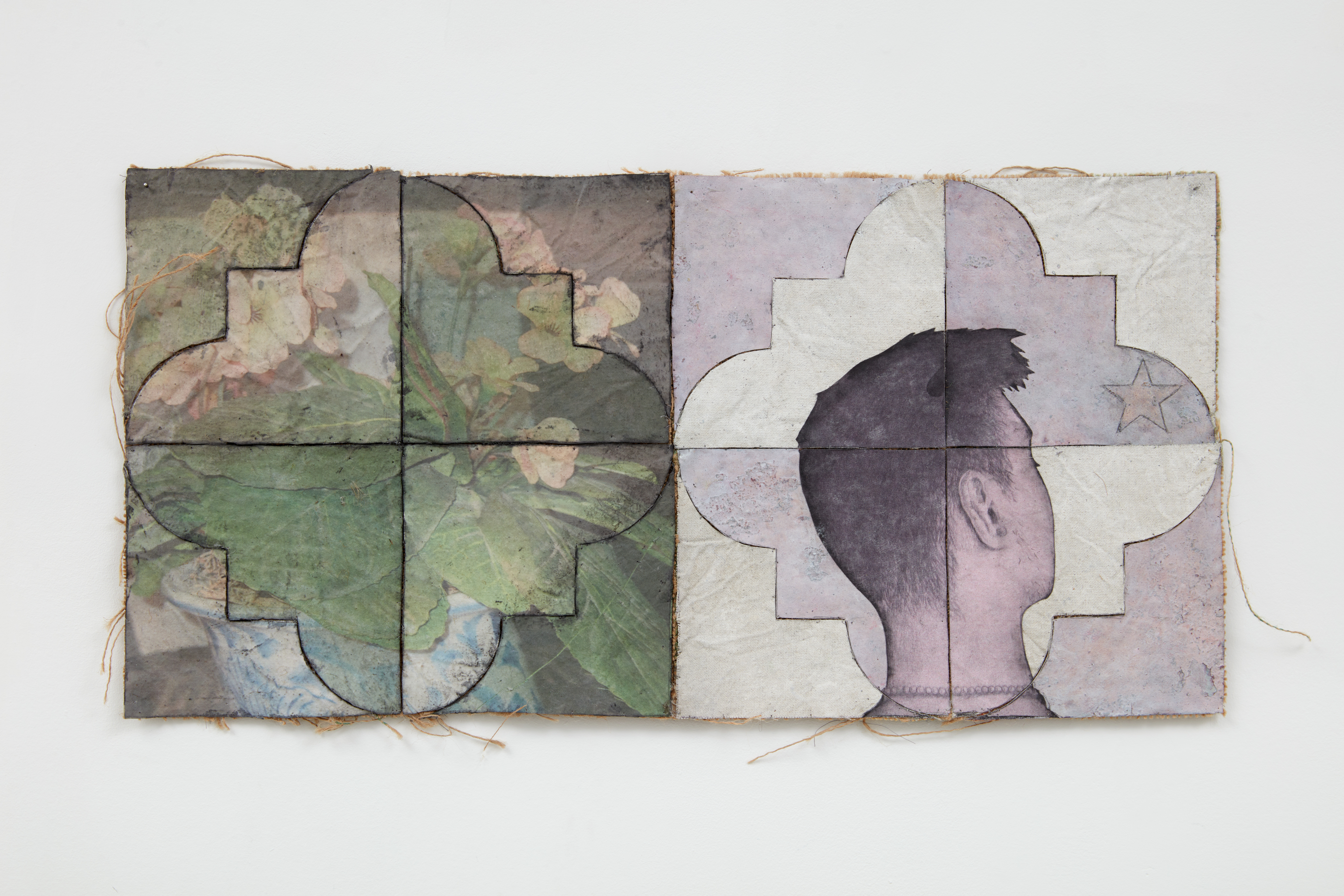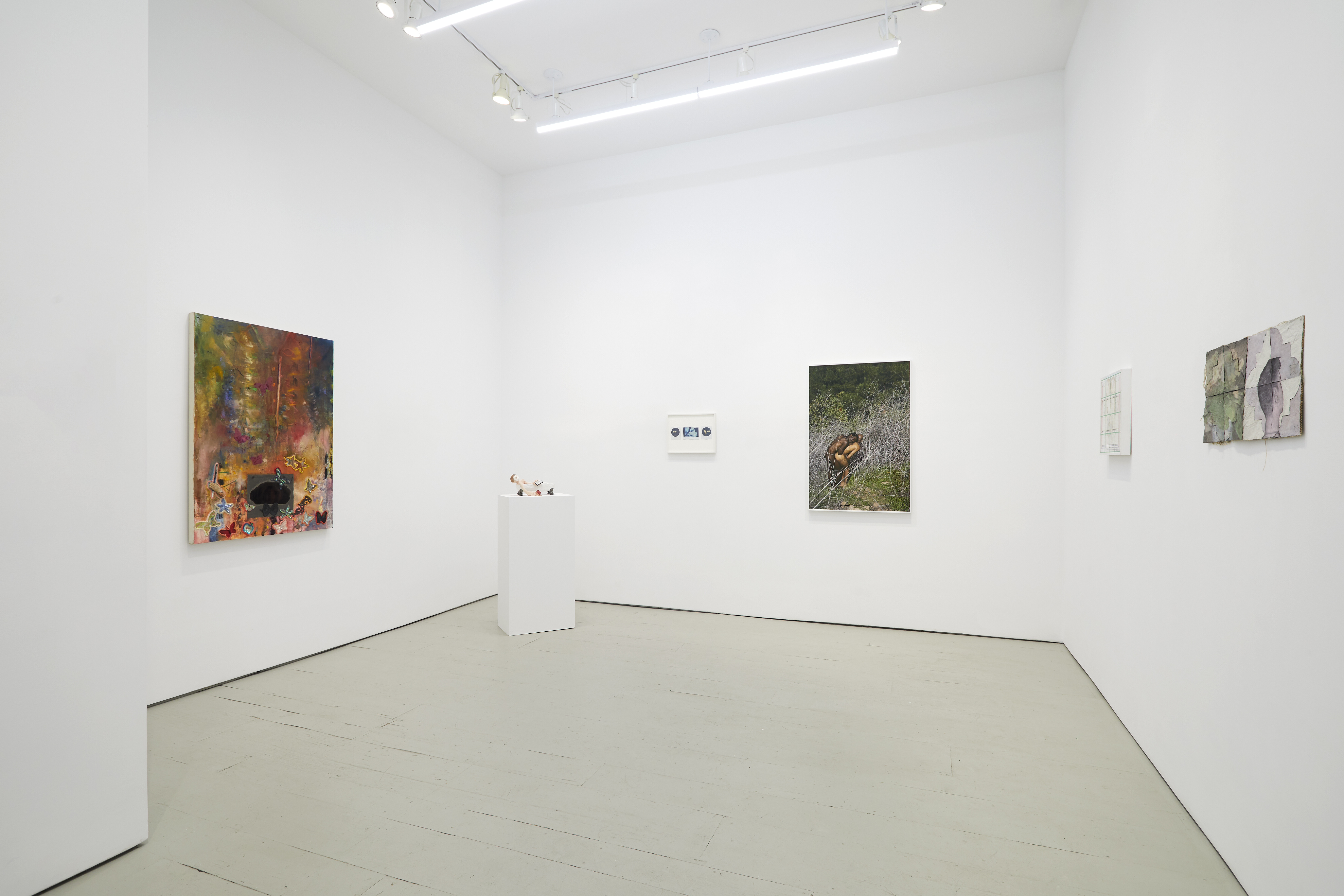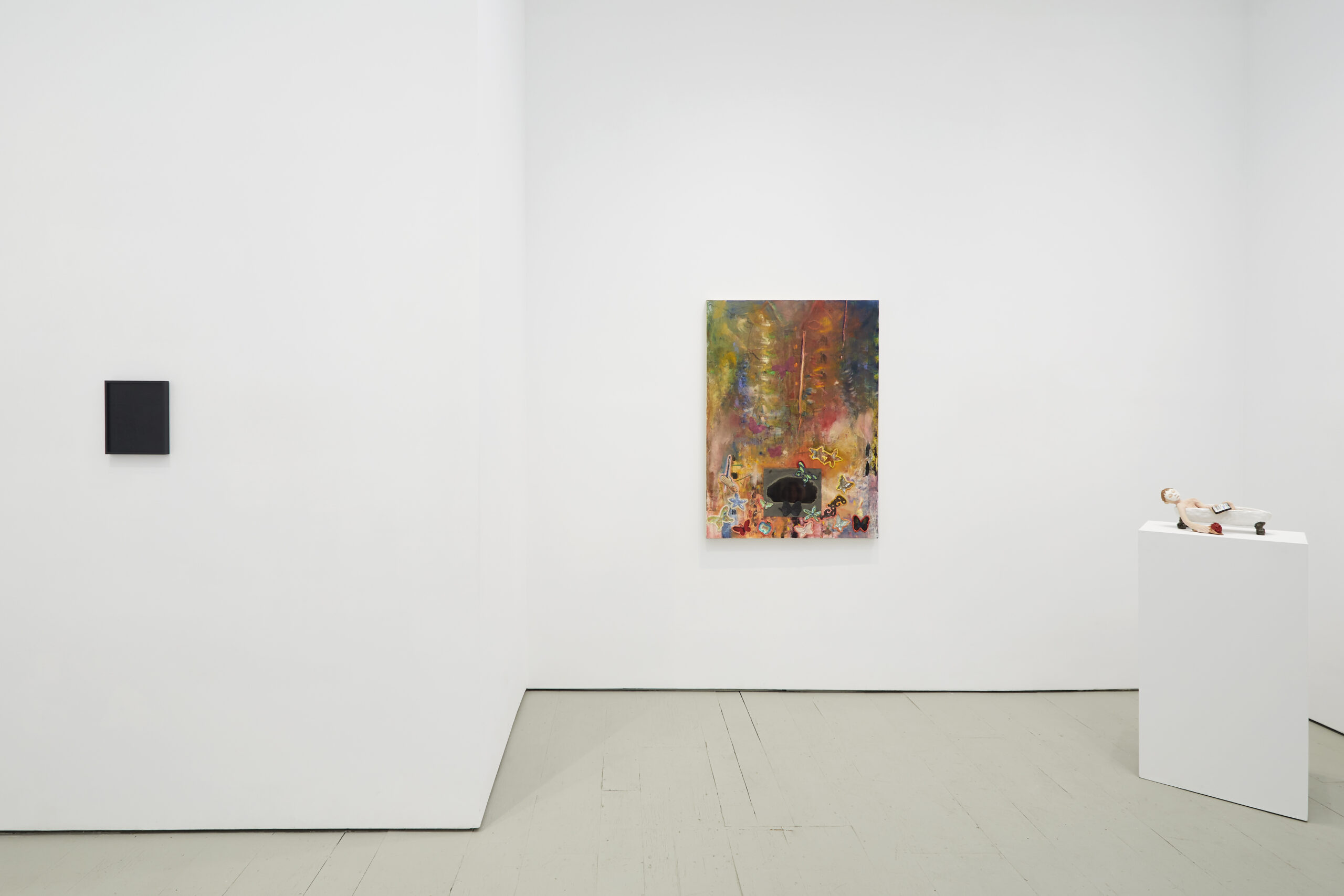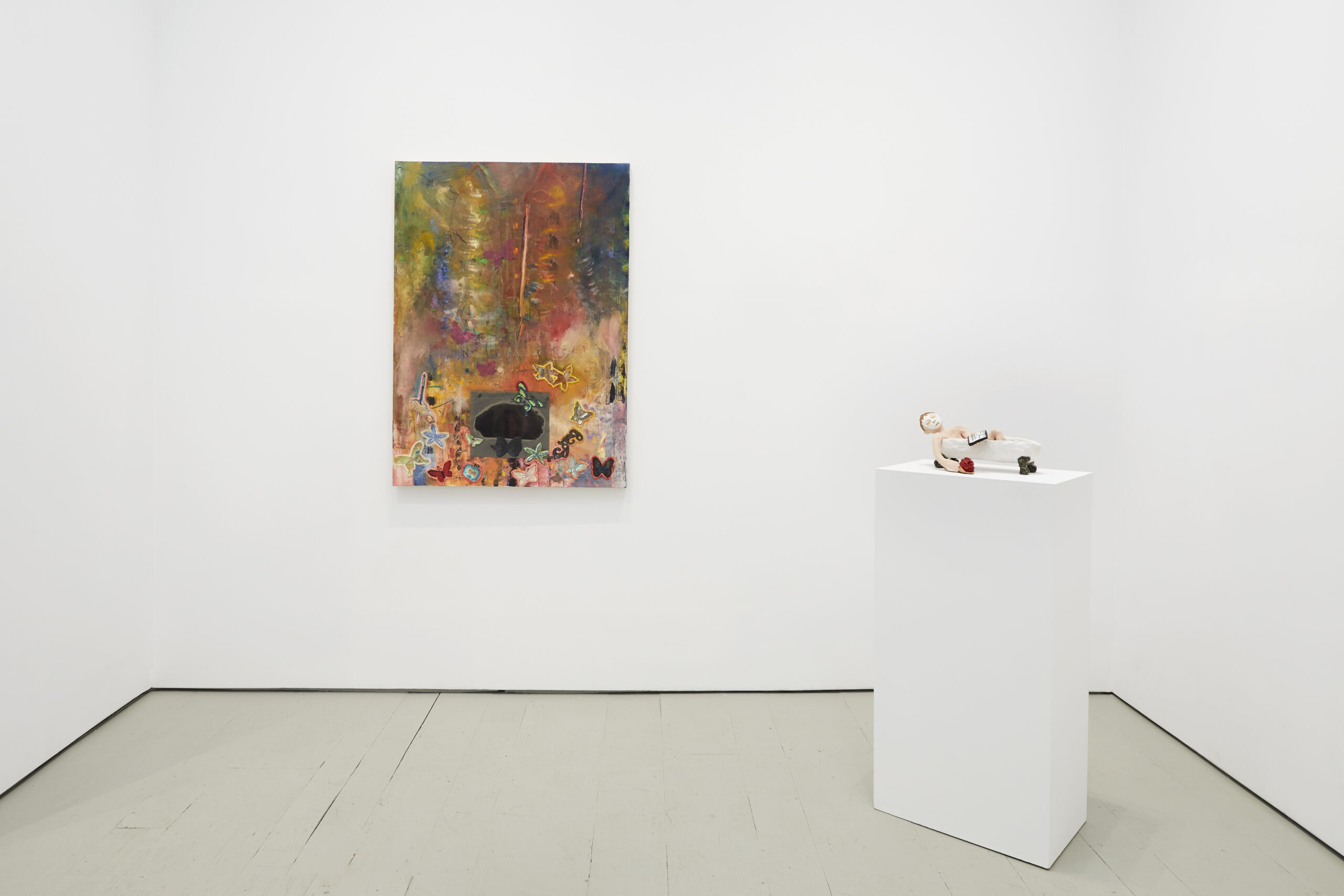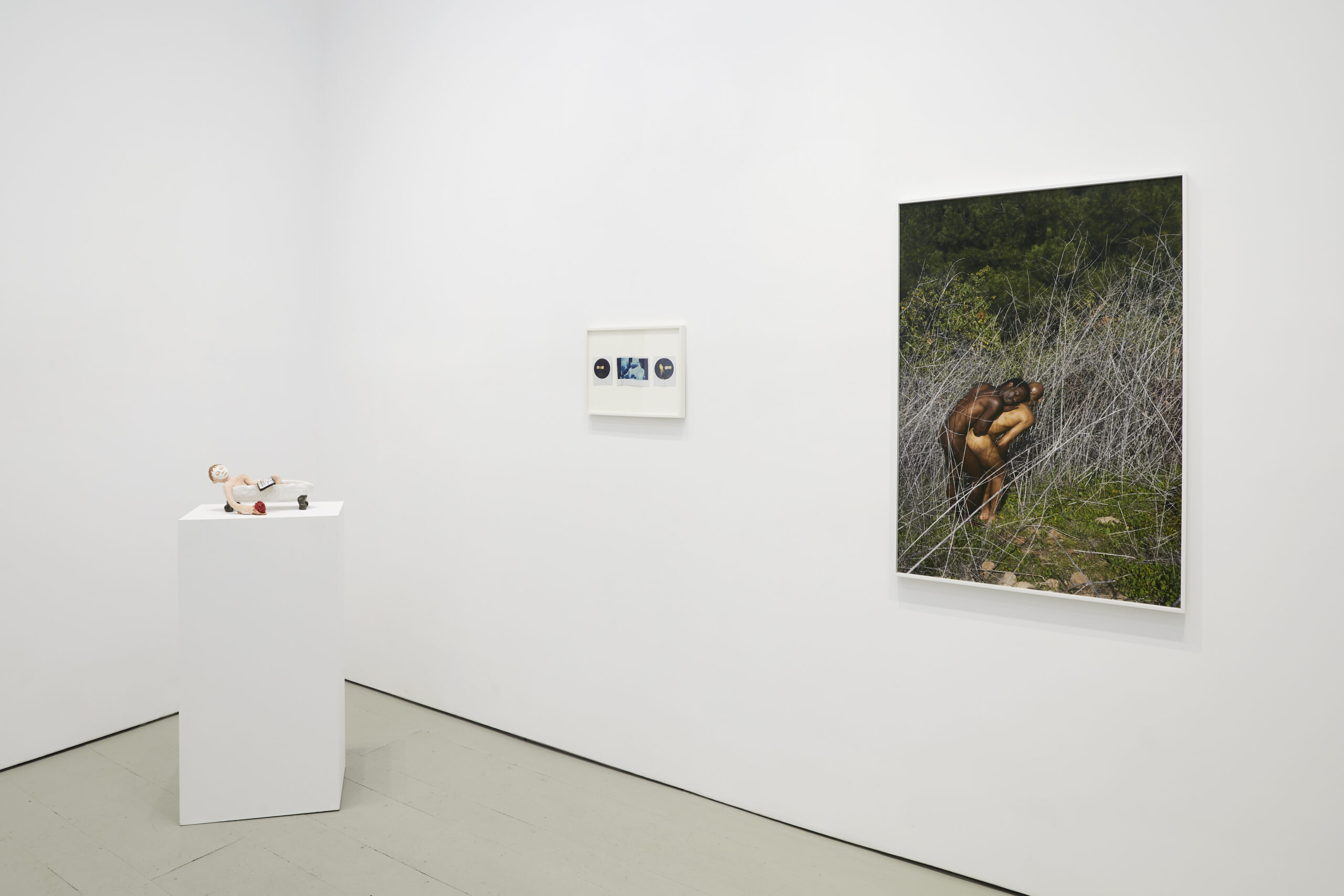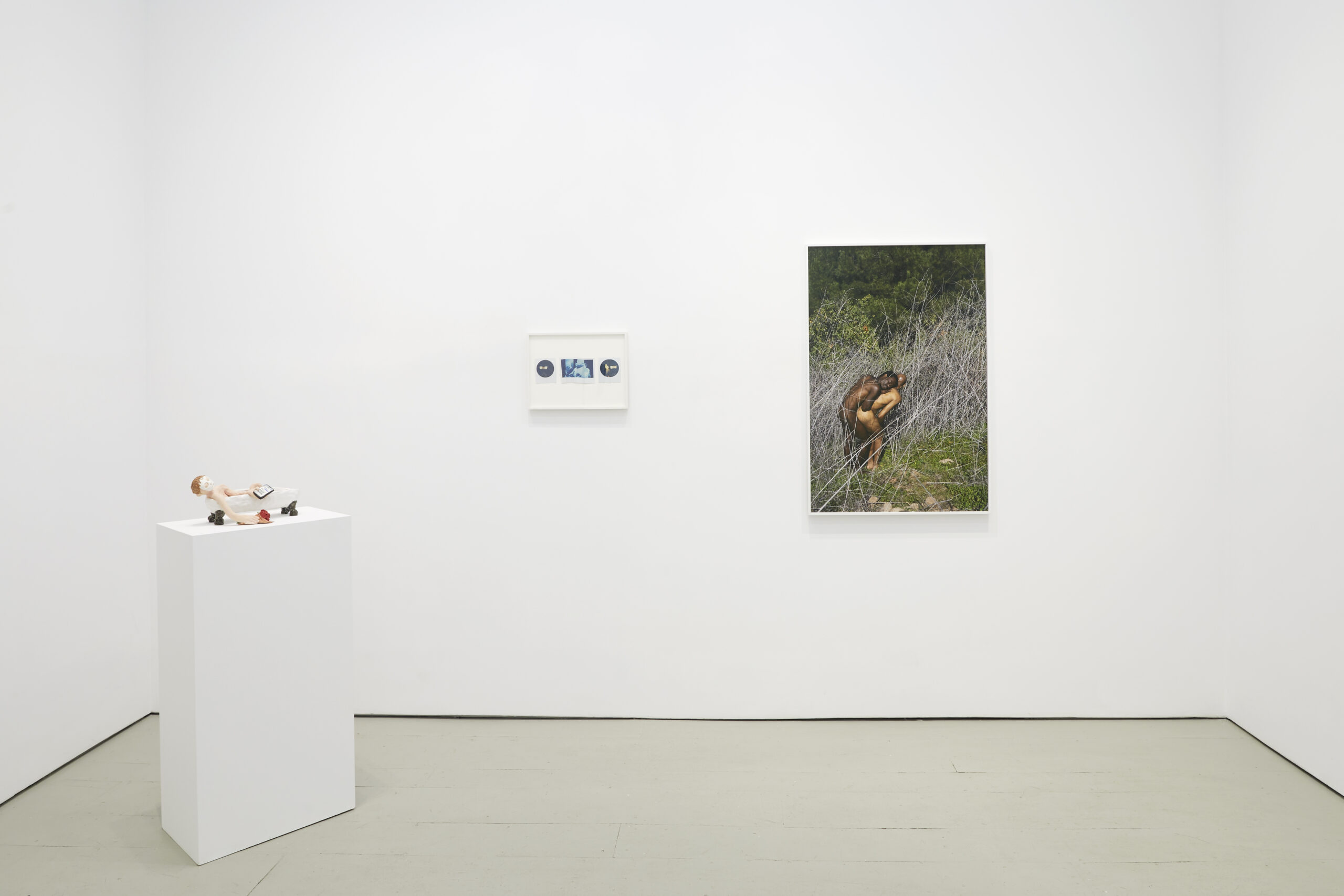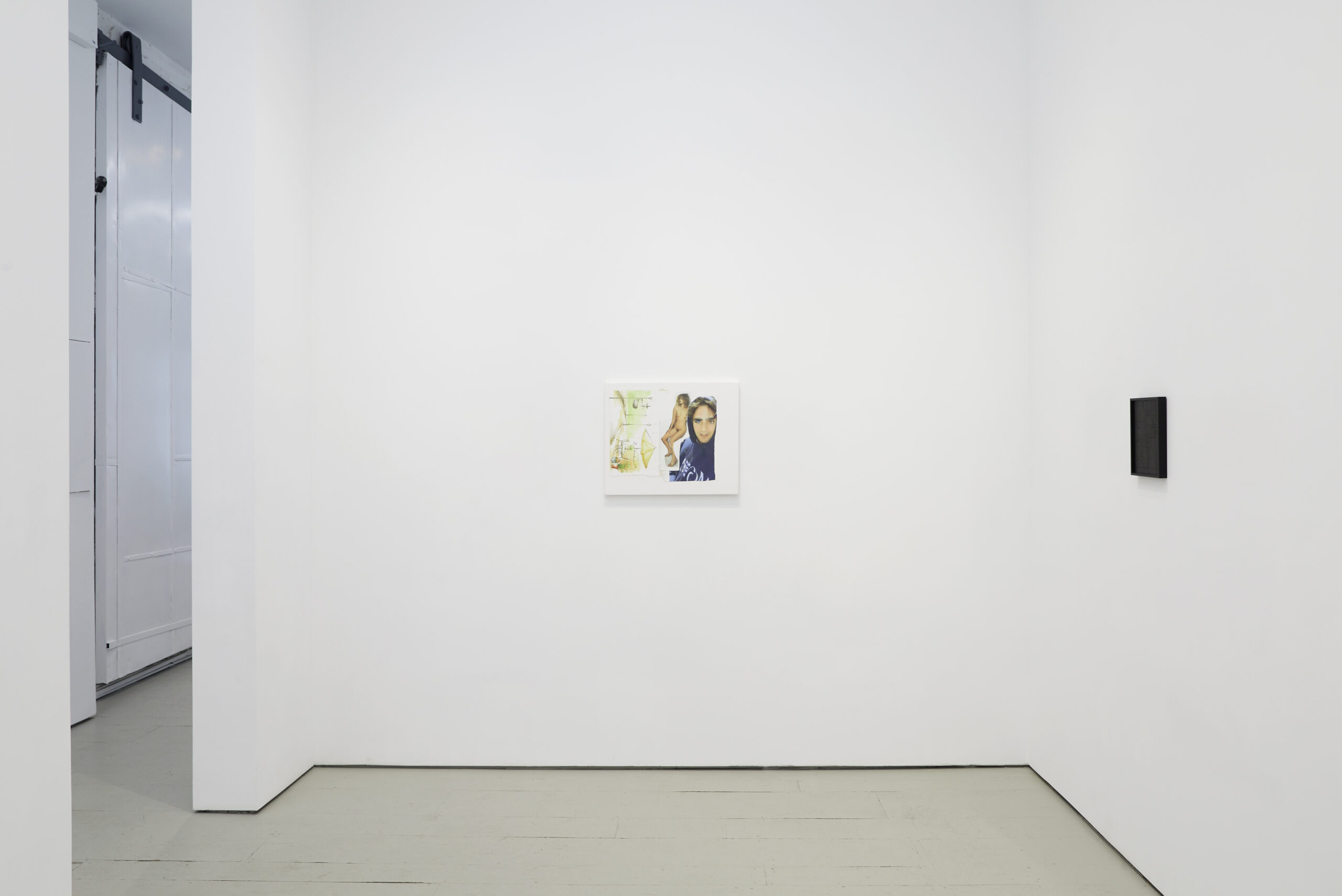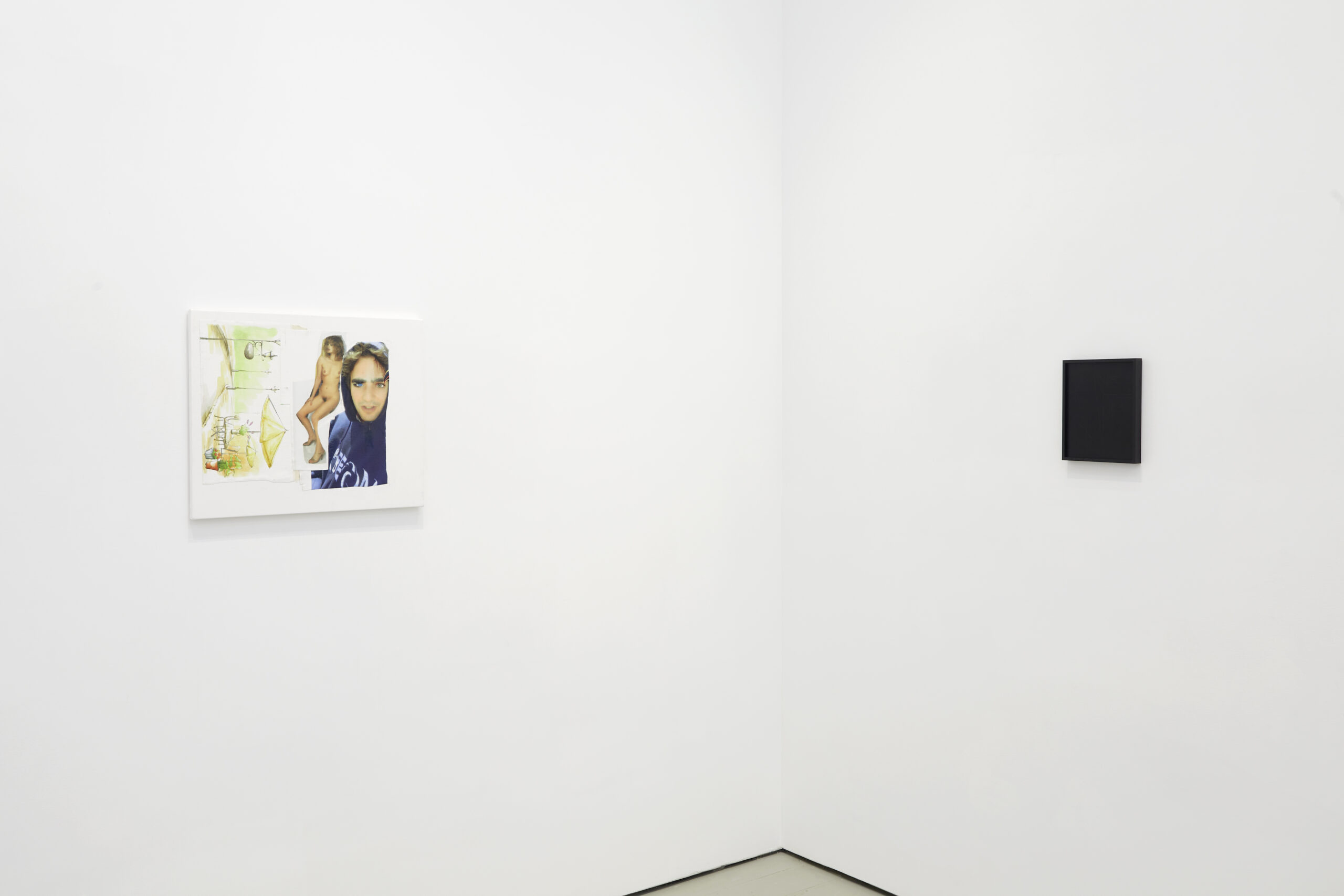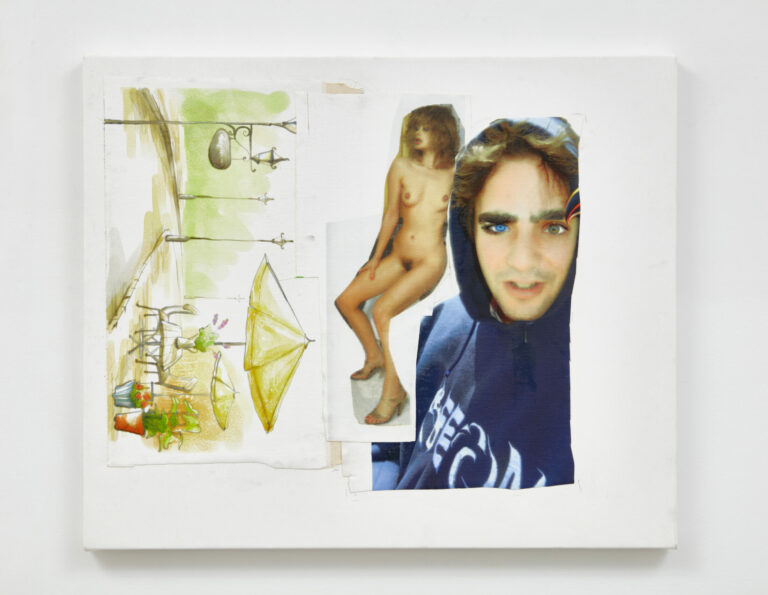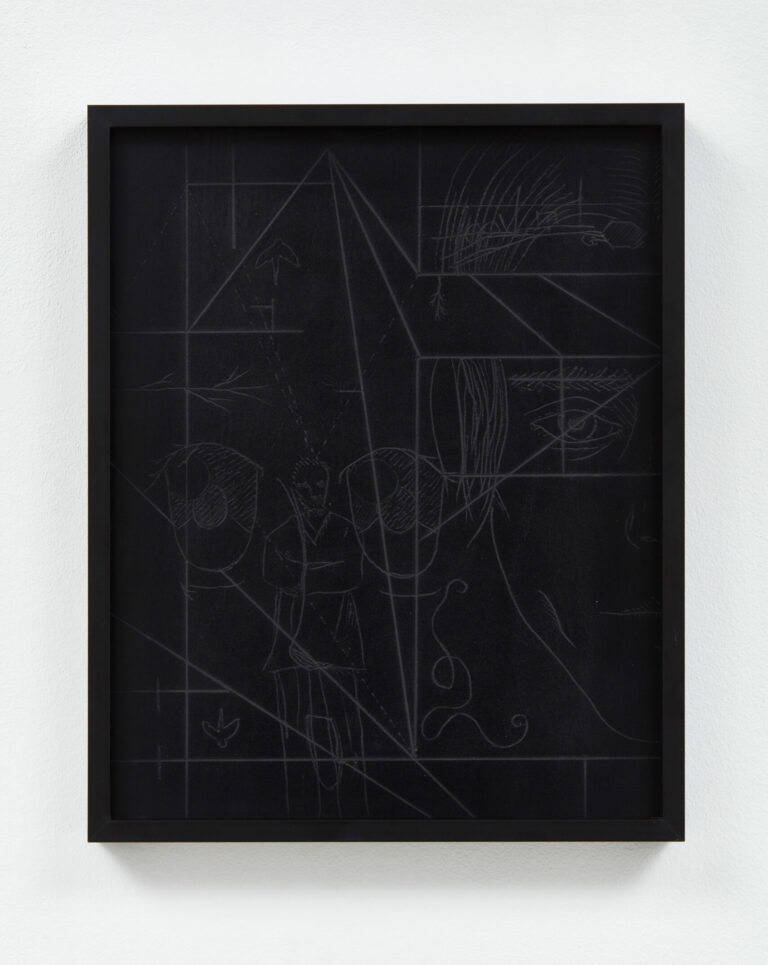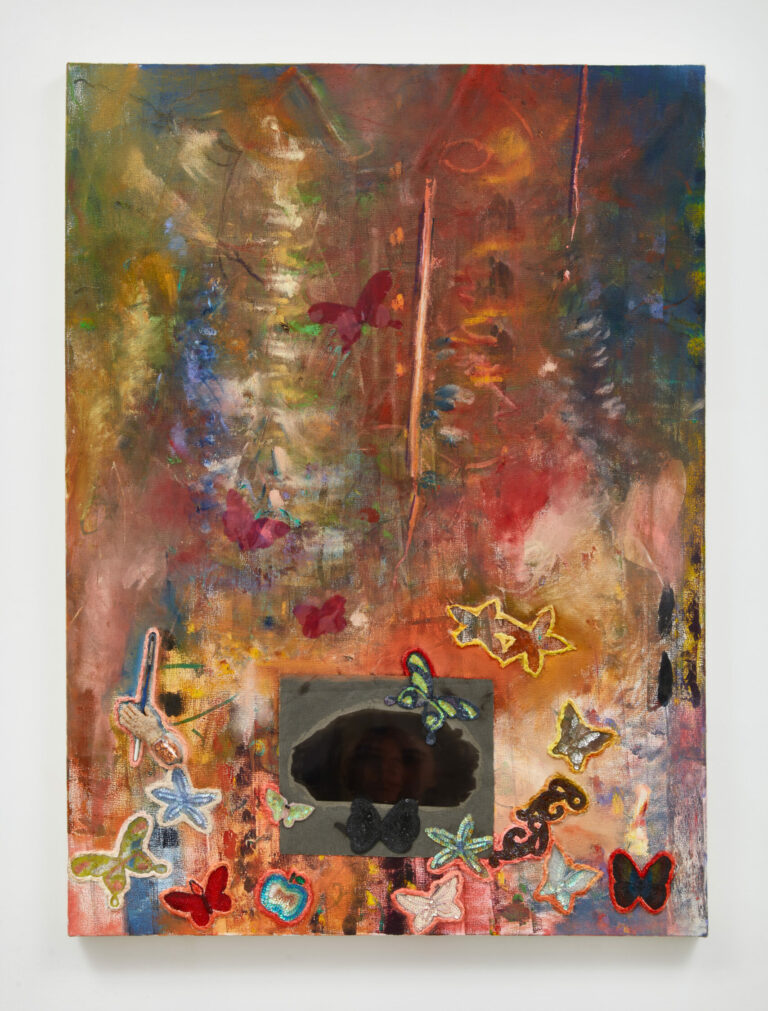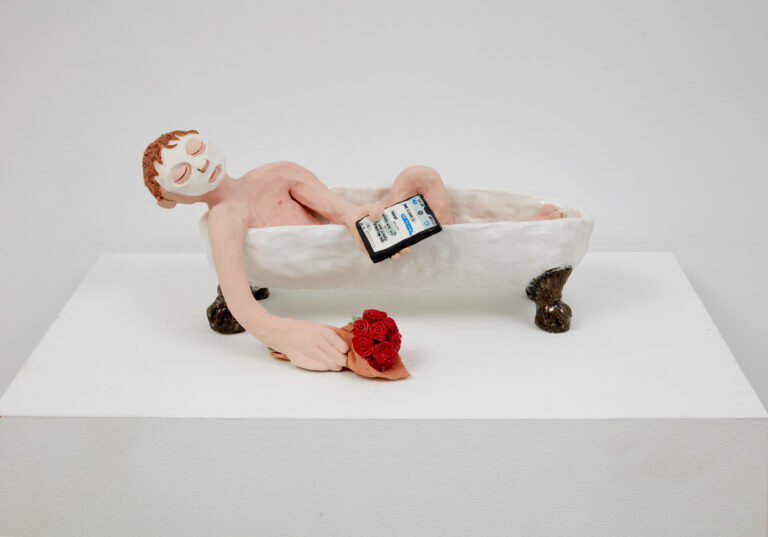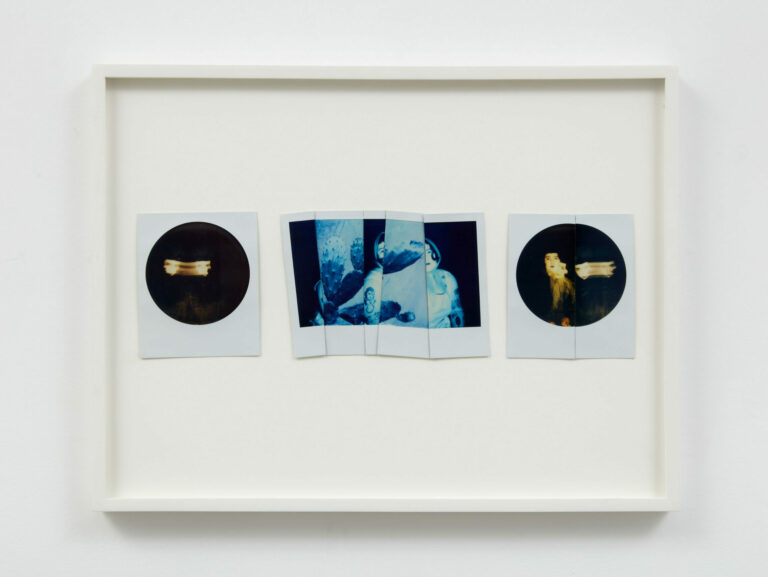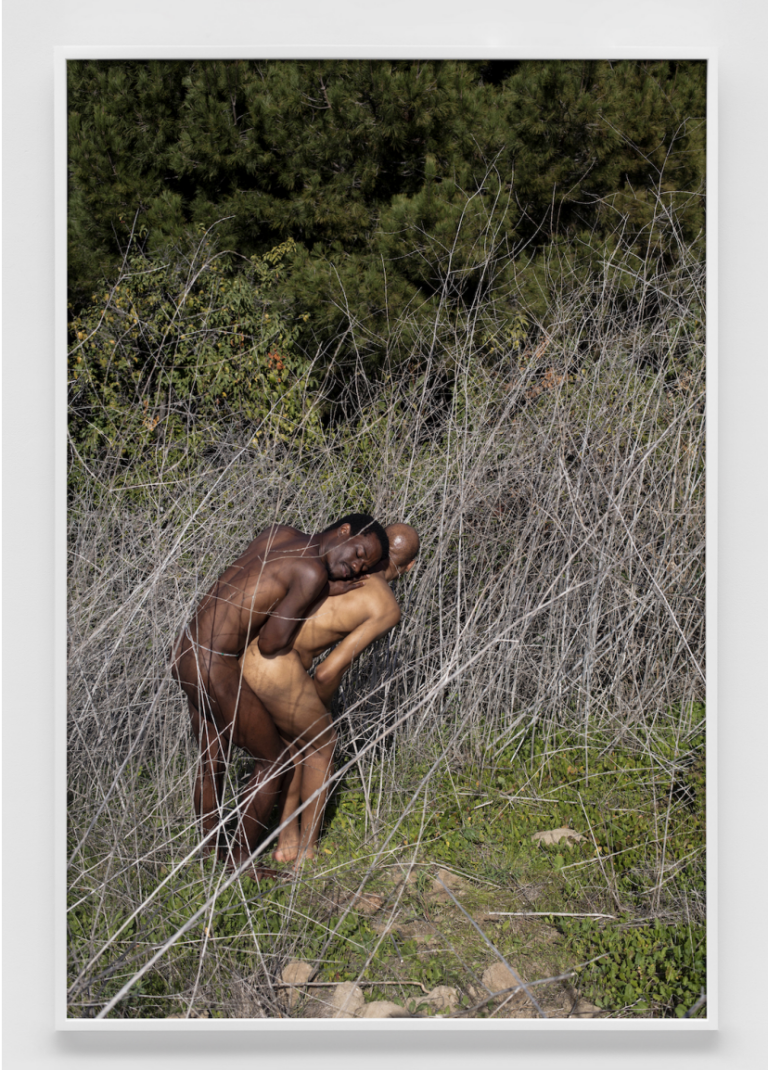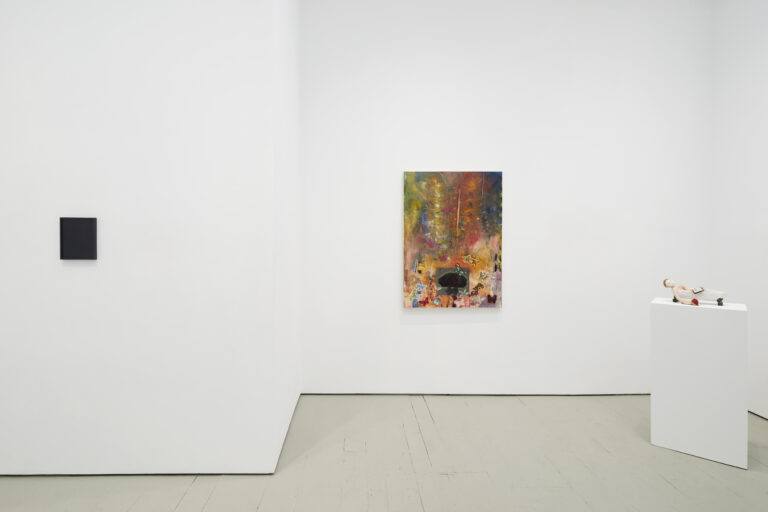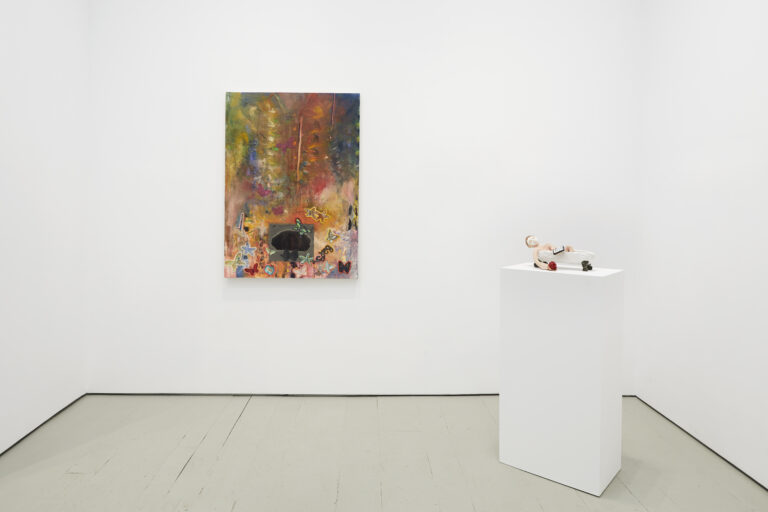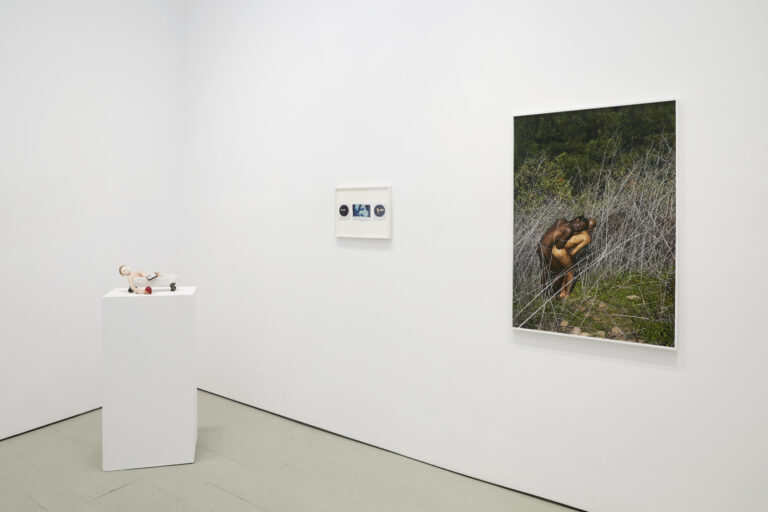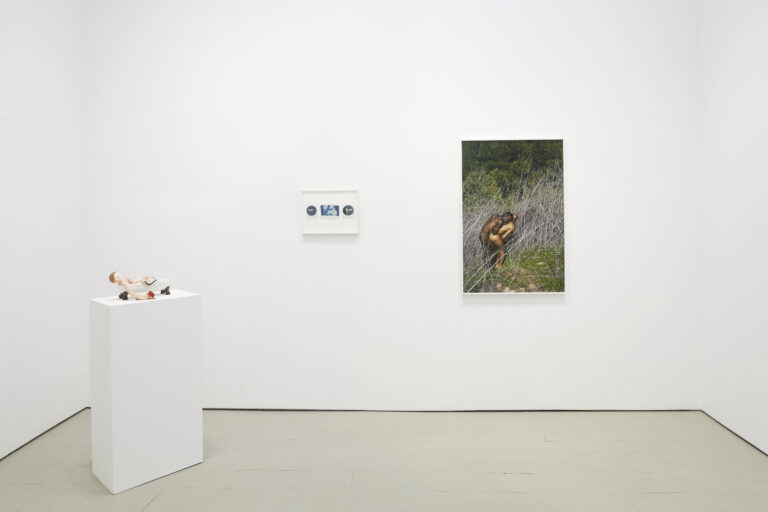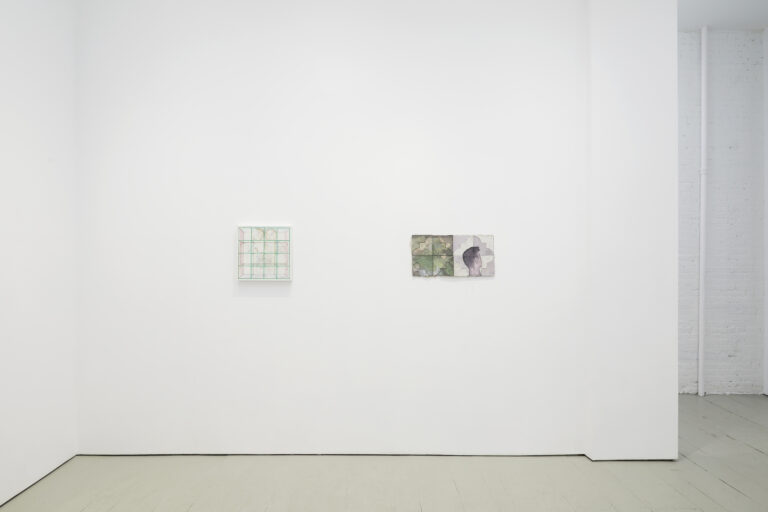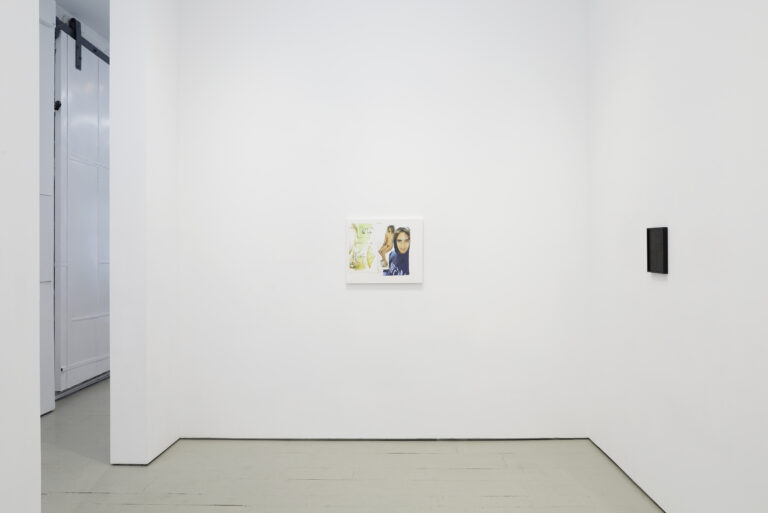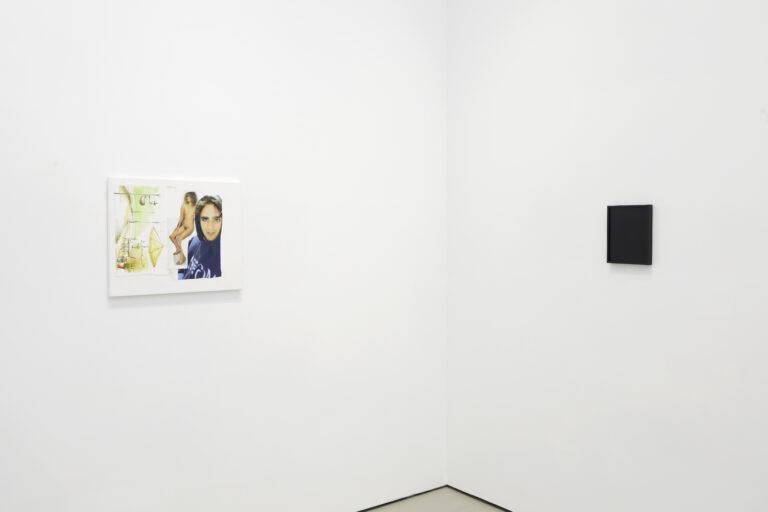Are we doomed to replicate the past or can we take stock of our history and begin anew? This question frequently permeates my consciousness as an art historian studying the Weimar Republic, which was Germany’s first attempt at democratic governance. As I wrestle with the legacy of a culture cut short, I see a number of issues currently plaguing the United States that had similarly beset the Weimar Republic, ultimately causing its demise and giving rise to the Nazi regime. These range from the reappraisal of the human body after mass death; the right-wing backlash to social progress and the impotence of the left to effectively curtail it; a feeling of alienation despite ubiquitous technology that can connect people; and a culture of mass entertainment spurred by recently developed media.
Artists from both eras have employed self-portraiture to reflect their societies. This subgenre seems particularly suitable for this task as it suggests the artist’s beliefs and aspirations through an assertive facade. The self-portrait enables the artist to situate themselves squarely within their temporal, physical, and emotional epoch in order to critique it. For the artists affiliated with the Neue Sachlichkeit, the dominant art movement of the Weimar Republic, self-portraiture was a way to present themselves as cultural leaders in a time of flux. Today, artists have the additional task of performing this role on two levels with the emergence and proliferation of social media, the ultimate simulacrum of reality. Artists now must manufacture two identities, the virtual and the real. The social media identity is idealized, a “self” constructed out of carefully selected images. We intuitively compare our physical lives to what we see online because we believe in photography’s truth-telling abilities, regardless of its deceptions.
The I Has to Travel, an exhibition consisting of self-portraits in a variety of mediums, is not meant to demonstrate definitively how things have changed, but as a sample of the ways in which artists have been reconceptualizing the idea of the “Artist” since 2020. These artists can be grouped together as individuals who came of age during the rise of the internet and, more important here, the inception of the digital persona.
Kevin Cobb investigates the multitudes of identity through formal manipulation of physical space rendered in paint as a means of calling attention to the subjective nature of seeing. He chooses himself as the subject as a way of achieving truth, an issue complicated by the growing necessity of creating online identities on platforms that insist on authenticity but thrive on fantasy.
Mixing craft and fine art through a unique take on etching, Joey Gonnella creates a dense self-portrait incorporating not only his physiognomic likeness and iconography relevant to his own interiority but further employs the black leather medium itself to encapsulate the essence of his identity.
Unabashedly depicting black queer camaraderie, D’Angelo Lovell Williams’ photography epitomizes a primary function of self-portraiture: group association. While social media has simplified people’s ability to connect based on shared experiences, Williams’ practice seeks to highlight the fact that the communities they photograph have always been here and shall no longer be marginalized.
Appropriating and queering the historically-paramount medium of painting, Pol Morton evinces their non-binary, chronically ill body through their assemblage canvases. The self becomes a cornucopia of material, enabling Pol to comment on the issues they face as an individual and to encourage identification with underrepresented bodies.
Z.T. Nguyen seeks to highlight the multiplicity of queer domesticity through self-excavation, employing a montage of images and personally-significant materials. Honoring their Vietnamese heritage by simulating the designs of cement tiles found throughout the country, Z.T.’s diptych invites a wide range of responses by denying their own physiognomy in an attempt to build and preserve community.
Using antiquated technology (e.g. tintype photography, super-8 film), Julie Orlick turns the lens on herself, composing a contrived representation of herself through a collaging of multiple polaroid “selfies,” mirroring the assembled nature of the digital self.
Colin J Radcliffe’s practice consists of embodying the romantic and/or sexual affairs he has forged, revealing the complex and often troubled reality of forming queer relationships in the digital age. Colin sees his works as being autobiographical, with the ceramic presented here revealing a uniquely queer perspective on the tradition of self-portraits.
Jake Shore’s digitally-manipulated self-portrait comments on the vanity inherent in selfie-culture and the constructed (and often forged) version of the self presented online. The competing hyper masculine and feminine elements generated through AI imposed onto an otherwise unremarkable image of the artist create incongruity between his real, physical self and the self fabricated in the work.

